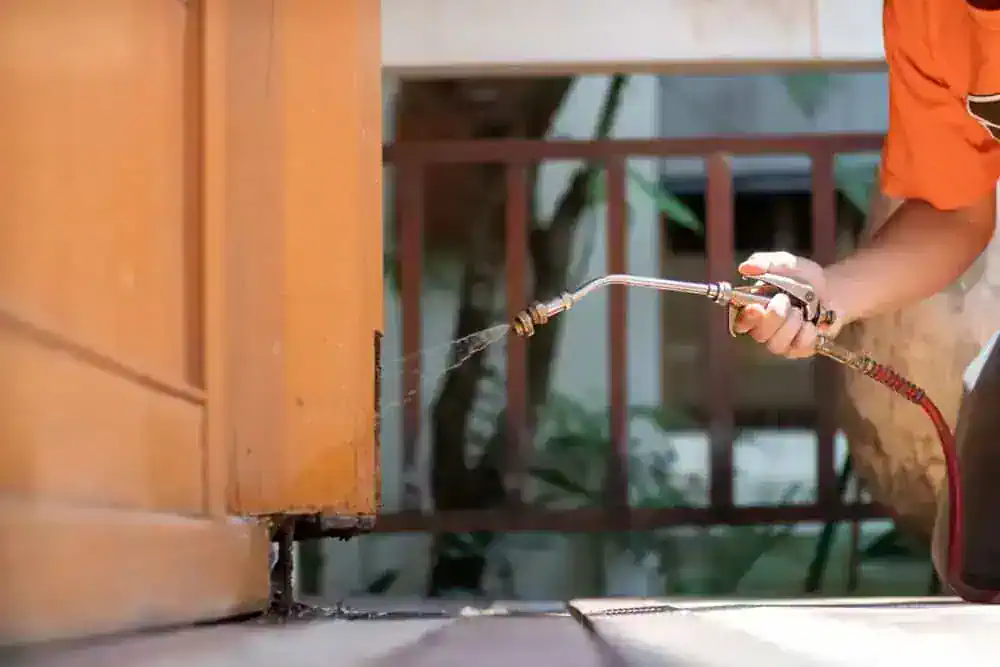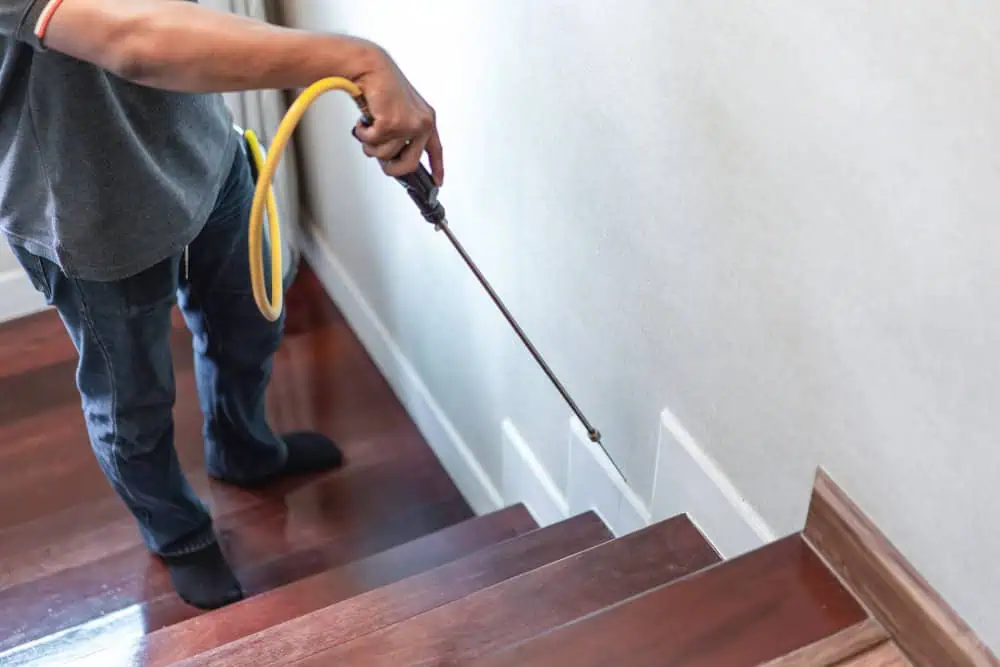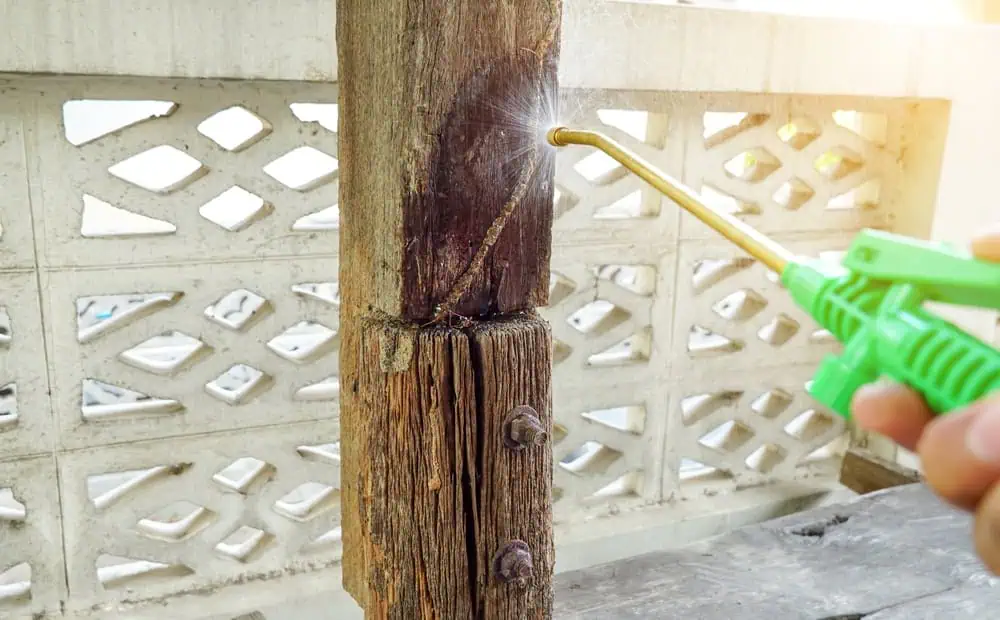Professional ant control that eliminates colonies, prevents damage, and keeps them from coming back.

Hear from Our Customers

You’ll walk through your kitchen without spotting ant trails on your counters. No more finding sawdust piles under wooden beams or wondering if carpenter ants are quietly damaging your home’s structure.
The constant worry about contaminated food disappears. Your pantry stays clean, your peace of mind returns, and you can actually enjoy your home again instead of playing whack-a-mole with ant sprays that barely work.
When friends visit, you’re not scanning the floors hoping they won’t notice unwanted guests marching across your baseboards. Your home feels like yours again—clean, protected, and professionally maintained.
86 Pest and Wildlife Removal has been handling ant problems throughout Audubon Park and Camden County for years. We understand exactly which ant species cause the most trouble in New Jersey homes and how they behave in our humid climate.
We’ve seen every type of infestation—from kitchen sugar ants to carpenter ants chewing through structural wood. We focus on complete colony elimination, not just surface treatments that waste your time and money.
Licensed, insured, and local. No high-pressure sales tactics or mandatory long-term contracts that lock you into services you might not need.

First, we conduct a thorough property inspection to identify ant species, colony locations, and entry points. You’ll know exactly what you’re dealing with and where the problems are coming from before any treatment begins.
Next comes targeted treatment that reaches the colony source, not just the ants you can see. Our approach varies by ant type—carpenter ants require different methods than pavement ants or odorous house ants.
Finally, we seal entry points and provide prevention recommendations to keep new colonies from establishing. You get a clear explanation of what was done and what to expect moving forward, including any follow-up visits needed to ensure complete elimination.

Ready to get started?
Every ant control service includes species identification, because different ants require different approaches. Carpenter ants need colony location and structural damage assessment. Sugar ants and pharaoh ants need food source elimination and trail disruption.
You get targeted treatment application using professional-grade products that actually reach ant colonies, plus identification and sealing of entry points around your home’s foundation, windows, and doors.
Our service includes follow-up monitoring to ensure complete colony elimination. If ants return within the guarantee period, additional treatment comes at no extra charge. You also receive prevention recommendations specific to your property and the ant species that were eliminated.
